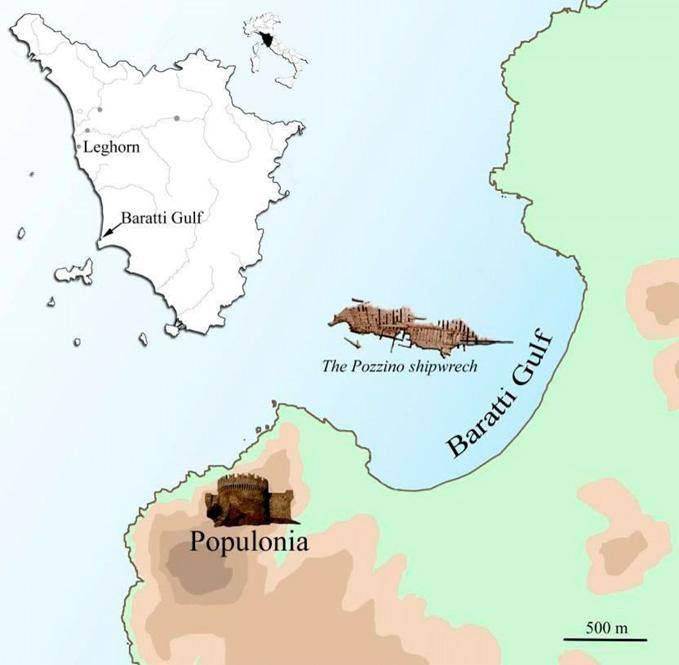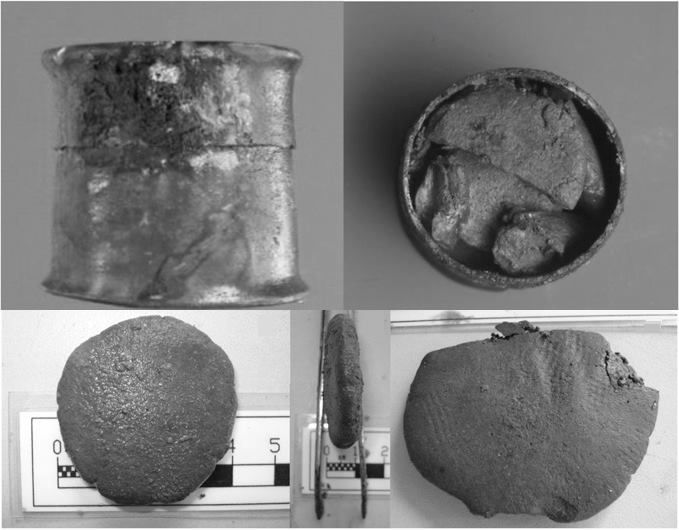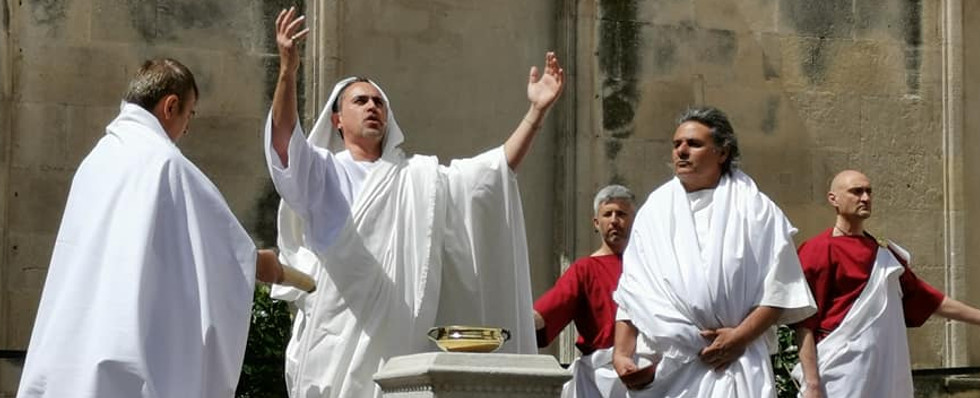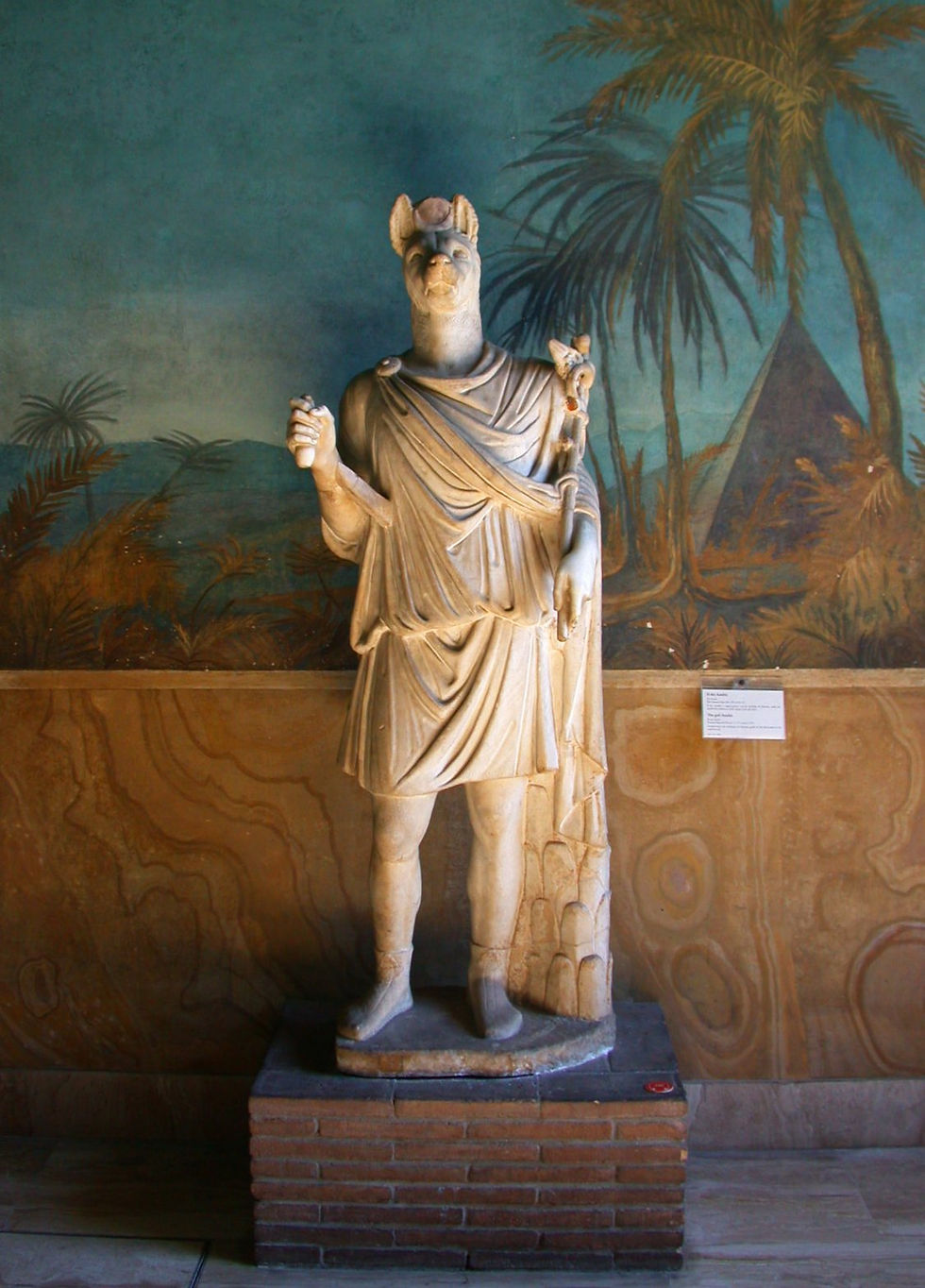The story of a remarkable discovery...
- associationenarro
- Aug 8
- 2 min read
In the year 135 B.C., a merchant ship originating from the eastern Mediterranean, most likely from the port of Delos, was sailing west. It was loaded with glass bowls from Syria and Palestine, pottery from Pergamon, wine amphorae from Rhodes, lamps from Ephesus, and many other items (pewter, bronze, ladles, oenochoai...). Its journey ended tragically in the Gulf of Baratti, off the Tuscan coast, near the ancient Etruscan port of Populonia. The ship, 18m long and 3m wide, sank with its cargo and lay at a depth of 18m until its discovery in 1974.
It was then named the Relitto del Pozzino in connection with the nearby beach. Two excavation campaigns, in 1982 and then between 1989 and 1990, brought its cargo to light, but no one expected the remarkable discovery that this ship would reveal...

The cargo included a complete set of medical equipment, testifying to the presence of a doctor on board the ship. A wooden chest, destroyed by centuries spent in seawater, revealed its contents: 136 boxwood vials, a cup (likely used for bloodletting), a mortar, and numerous objects forming a doctor's kit. The most interesting discovery was a hermetically sealed tin box (pyxide), whose contents were miraculously preserved after 2,150 years in seawater.
X-rays revealed a stratified content inside this box. Researchers found 5 disk-shaped tablets, each about 4 cm in diameter and a maximum of 1 cm thick. The examination of one tablet clearly showed an imprint on its surface left by the pressure of a cloth.
Chemical analysis of a disk revealed that the main element is zinc (75%), in the form of hydrozincite and smithsonite. Mineral components make up more than 80% of the tablet's composition. The organic compounds are numerous and more complex to identify: starch from wheat flour, beeswax, animal fat, vegetable oil, pine resin, charcoal, and numerous pollens (especially from olive trees), most likely from a beehive.

Even if the active ingredient of a medicine is not necessarily the most abundant, the effectiveness of zinc-based compounds is reported to us by Pliny the Elder or Dioscorides, particularly for the preparation of medicines for the eyes or in dermatology. It is possible that some components resulted from contamination of the medicine (charcoal, pollens?), while others, however, were deliberately added. This is the case, in particular, with pine resin, which, due to its antioxidant and antiseptic properties, prevented the preparation from becoming rancid and microbes from developing.
Finally, the Latin term collyrium derives from a Greek name whose translation corresponds to "small round loaves," which suggests that these tablets are compatible with ophthalmic use.
This sample is the oldest medicine in the world ever analyzed. It confirms the mastery of the properties of natural resources by ancient doctors. After centuries of technological progress, some of these substances are still used today...




Comments